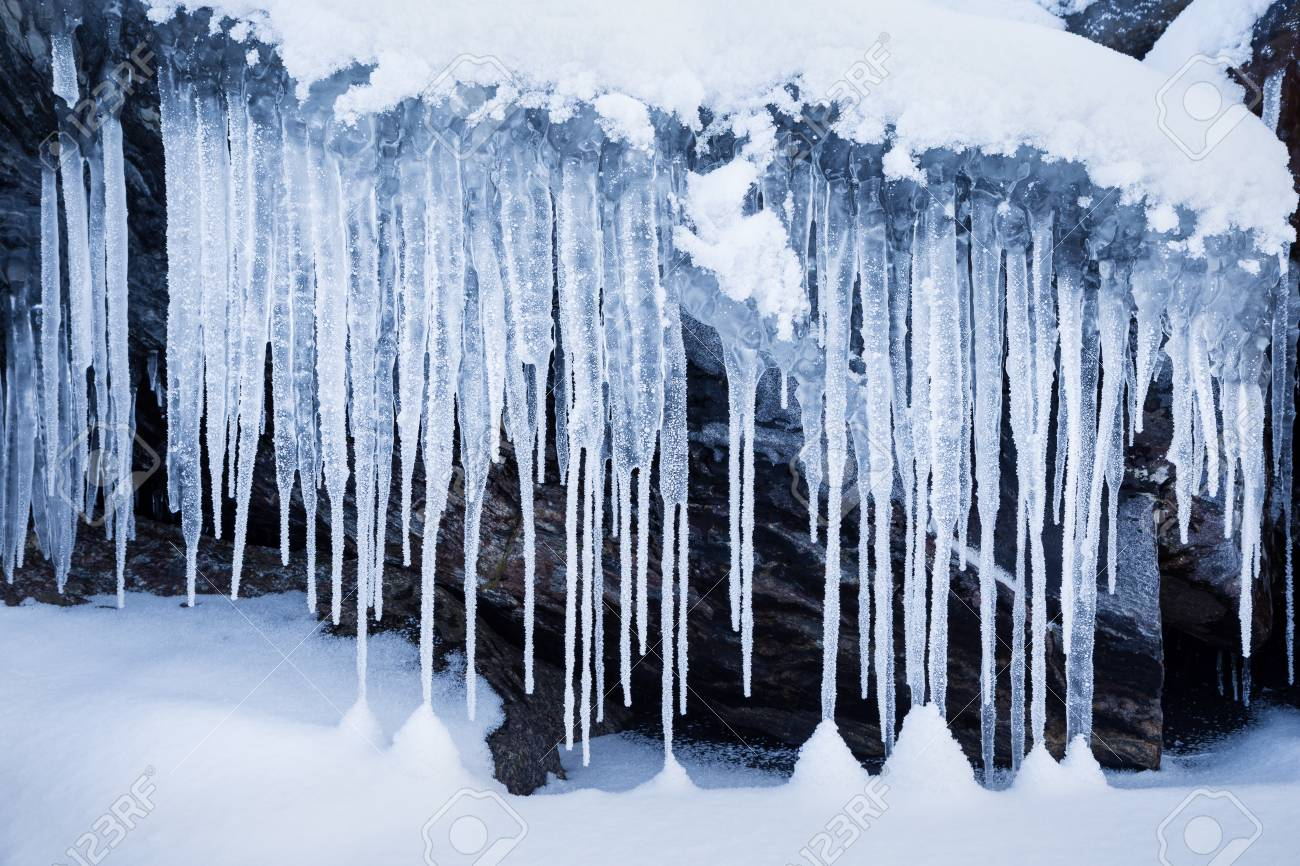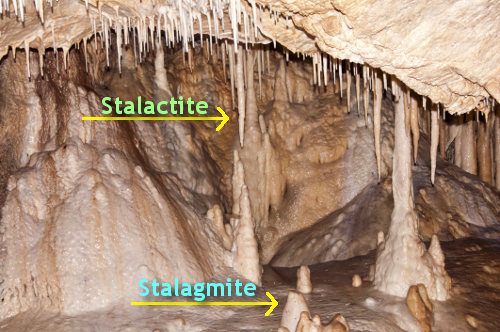Icicles, Stalactites and Stalagmites | 09 Dec 2019
Icicles
- Icicles typically form on days when the air temperature is subfreezing but sunshine warms and melts some snow or ice. As it drips off, a water droplet freezes when it loses its heat to the cold air.
- It starts with a few frozen droplets and after reaching a certain size drops begin to drip along the side of the structure turning into a pointy stick-like structure.
- Icicles formed in caves are also known as ice stalactites.
Stalactite
- It is an icicle-shaped formation that hangs from the ceiling of a cave and is produced by the precipitation of minerals from water dripping through the cave ceiling. Most stalactites have pointed tips.
Stalagmite
- It is an upward-growing mound of mineral deposits that have precipitated from water dripping onto the floor of a cave. Most stalagmites have rounded or flattened tips.
- The dominant mineral in such deposits is calcite (calcium carbonate), and the largest displays are formed in caves of limestone and dolomite. Other minerals that may be deposited include other carbonates, opal, chalcedony, limonite, and some sulfides.


